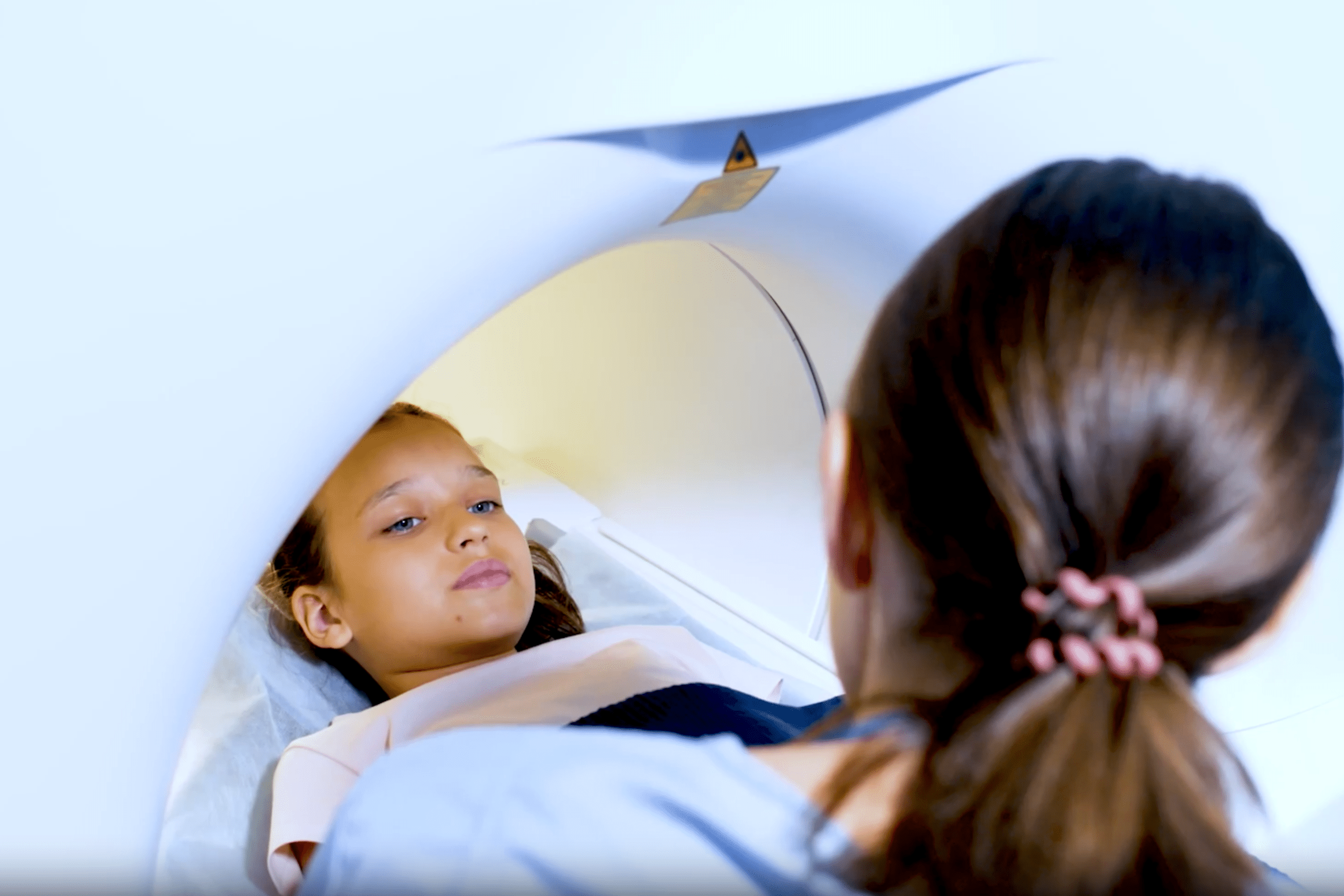Eleva’s innovative pipeline addresses rare diseases and complement-related disorders.
Our therapies are powered by our unique moss-based manufacturing system.
Positive preclinical and clinical data support our current projects and have validated our platform.
Eleva strives to bring novel therapies to patients in need together with partners as well as independently. We harness the outstanding capabilities of our moss-based expression platform to create candidates few or no one else can and advance them into clinical development.
Numerous examples exist for biologics with potentially transformative therapeutic value that are neglected because they cannot be produced at scale, or the used expression system doesn’t provide a product with best-in-class properties.
We are constantly exploring new opportunities to unlock and enable such unique biopharmaceuticals in our industry. We partner selectively to initiate new programs and move towards market approval. Our current two proprietary programs in development are:
Publications
Treatment of experimental C3 Glomerulopathy by human complement factor H produced in glycosylation-optimized Physcomitrella patens
Häffner K, Parsons J, Bohlender LL, Hörnstein S, Niederkrüger H, Fode B, Busch A, Krieghoff N, Koch J, Schaaf A, Frischmuth T, Zipfel PF, Pohl M, Reski R, Decker E, Michelfelder S
Next Page



